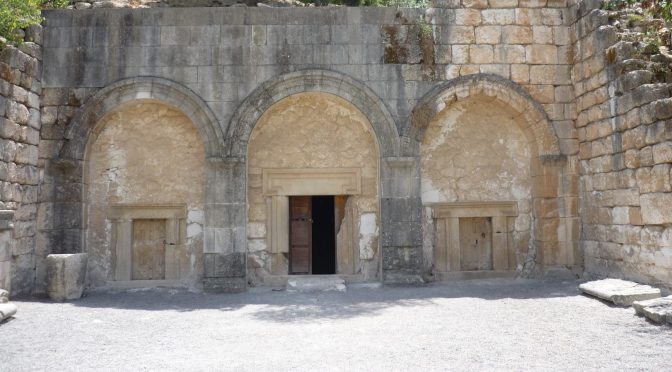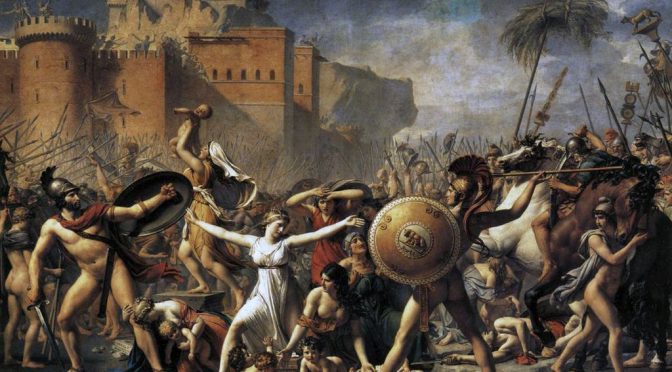Workshop: Global and Local Cultures in the Roman East: From Domination to Interaction
Faculty of Theology, University of Helsinki, 28–30 November 2018
The workshop is organized by the Globalization, Urbanization and Urban Religion in the Eastern Mediterranean in the Roman and Early Islamic period workshop series, funded by The Joint Committee for Nordic research councils in the Humanities and Social Sciences (NOS-HS) and by the Academy of Finland Centre of Excellence Changes in Sacred Texts and Traditions, Faculty of Theology, University of Helsinki.
The workshop is the first in a series of three workshops organized jointly by the University of Helsinki (Raimo Hakola, Rick Bonnie), Aarhus University (Rubina Raja) and the University of Bergen (Simon Malmberg, Eivind Heldas Seeland).
The program of the workshop can be found using the following link: https://blogs.helsinki.fi/sacredtexts/files/2018/10/Helsinki-workshop_schedules-29102018.pdf.
The workshop is free and open to all. However, we would like participants to register using the following form before November 15: https://elomake.helsinki.fi/lomakkeet/93066/lomake.html
For further information about this workshop, please email raimo.hakola@helsinki.fi and/or rick.bonnie@helsinki.fi.




